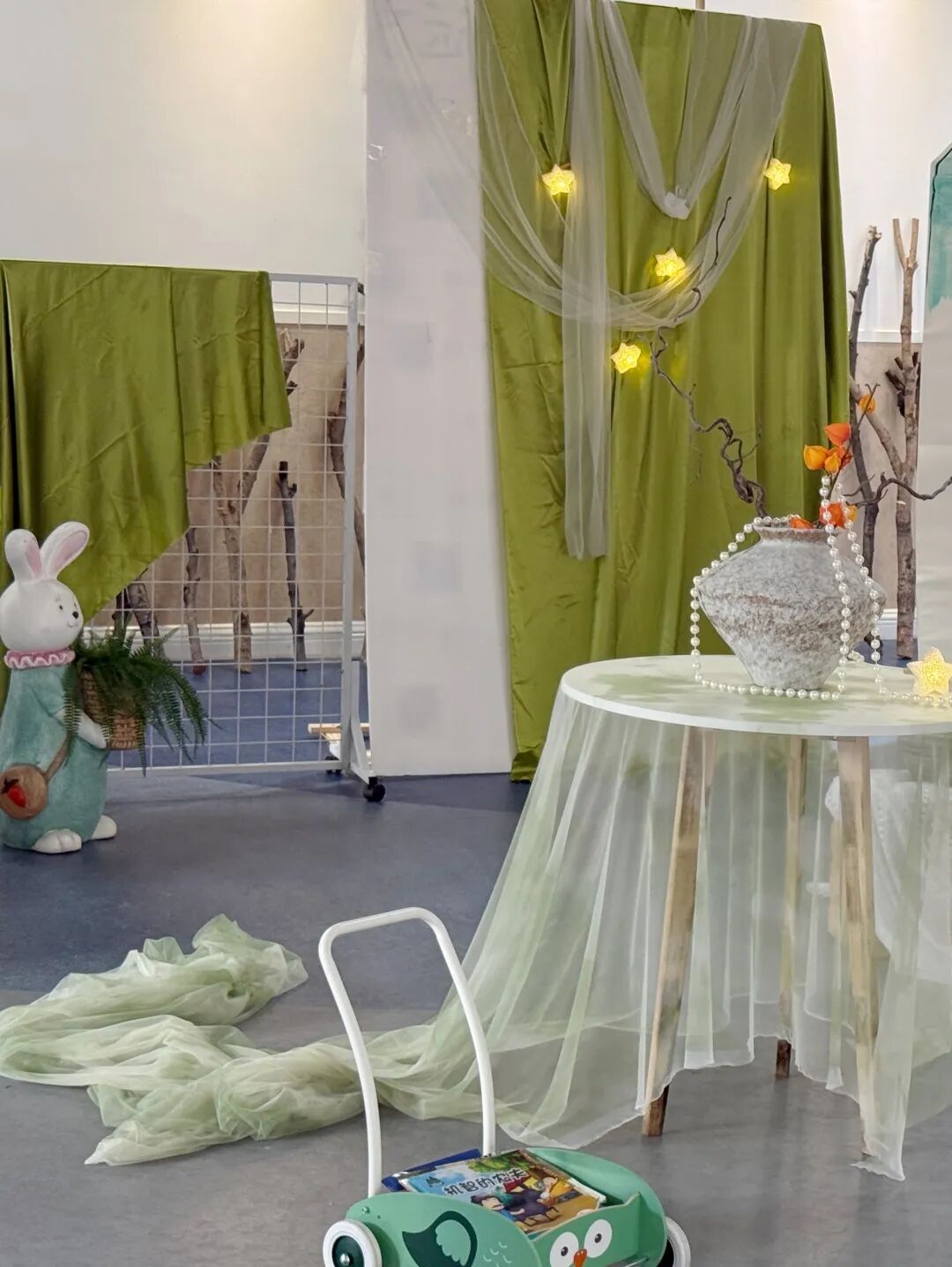参考文献:
〔1〕COHEN J.Statistical power analysis for the behavioral sciences〔J〕.Technometrics,1988,31(4):499-500.
〔2〕吴梦斯,李克建.浙江省域学前教育质量特征分析及政策建议〔J〕.幼儿教育(教育科学),2017,735/736(7/8):39-46.
〔3〕秦金亮,高孝品,王园,等.不同办园体制幼儿园的师幼互动质量分析〔J〕.教育研究与实验,2017(1):25-29.
〔4〕洪秀敏,朱文婷,钟秉林.不同办园体制普惠性幼儿园教育质量的差异比较:兼论学前教育资源配置质量效益〔J〕.中国教育学刊,2019(8):39-44.
〔5〕杨宁,任越境,罗丽红,等.过程性质量转向:城乡学前教育均衡发展的新着力点〔J〕.中国教育学刊,2020(5):21-27.
〔6〕许晓晖.儿童早期日常数学问题解决能力发展及其影响因素研究〔D〕.北京:北京师范大学,2005.
〔7〕ZIPPERT E L ,EASON S H ,MARSHALL S,et al.Preschool children’s math exploration during play with peers〔J〕. Journal of Applied Developmental Psychology,2019(65).
〔8〕丁雅诵.全国学前三年毛入园率达到88.1%,学前教育实现基本普及〔EB/OL〕.〔2022-04-29〕.http://www.gov.cn.
〔9〕刘焱,郑孝玲,宋丽芹.财政补贴对普惠性民办幼儿园教育质量的影响路径〔J〕.教育研究,2021,42(4):25-36.
〔10〕TRAWICK?SMITH J, SWANMINATHAN S, LIU X. The relationship of teacher?child play interactions to mathematics learning in preschool〔J〕.Early Child Development and Care, 2016,186(5):716-733.
〔11〕HANLINE M F,MILTON S,PHELPS P C.The relationship between preschool block play and reading and maths abilities in early elementary school:A longitudinal study of children with and without disabilities〔J〕.Early Child Development and Care,2010,180(8):1005-1017.











